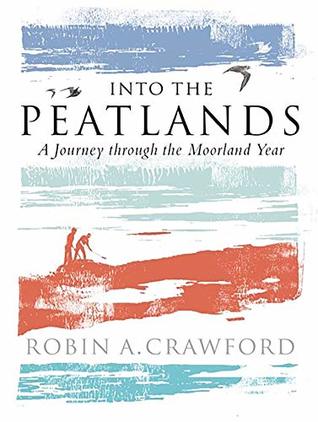Kindle Notes & Highlights
Read between
July 31 - August 6, 2022
Peat is a fuel – created by water, dried into a solid, turned into a gas alchemically – but it is also a preserver, an organic time machine. It hasn’t only conserved Angus’s footprint but also the microscopic pollen grains from millennia ago which were captured in the peat’s formation. They can tell us about ancient people’s first felling of trees to create agricultural land. Peat is burnt and turns to ash in the hearth, but miraculously it holds within itself the ashen fallout from Icelandic volcanoes cooked in the belly of the earth, then carried south on the wind; ash from the burning of
...more
The idea expressed in the passage above that you ‘cross the threshold of civilisation’ by entering the moor has led not only to ‘uncivilised’ behaviour toward this different land but also to the people of that land – ‘heathens’ supposedly come from the heath.
From these cores, palynology, the study of pollen samples, reveals a hidden world that is both biological and historical.
bog’s ability to store this carbon for longer even than tropical rainforests interests environmentalists, though it is unable to hold quite as much.
While proxies such as pollutants, volcanic ash and pollens can tell us what was happening in the atmosphere or growing in and around the bog at different times, the peat can also reveal subtler environmental changes.
An increase in sea salt in an inland peat core suggests a period of stormier weather, where winds carry spray far inland.
Our peat samples are laid in pieces of roof guttering, labelled and covered in cling film in preparation for analysis in a laboratory where the business of pollen extraction will take place. Once there, each core is cleaned and treated with chemicals to extract pollen.


